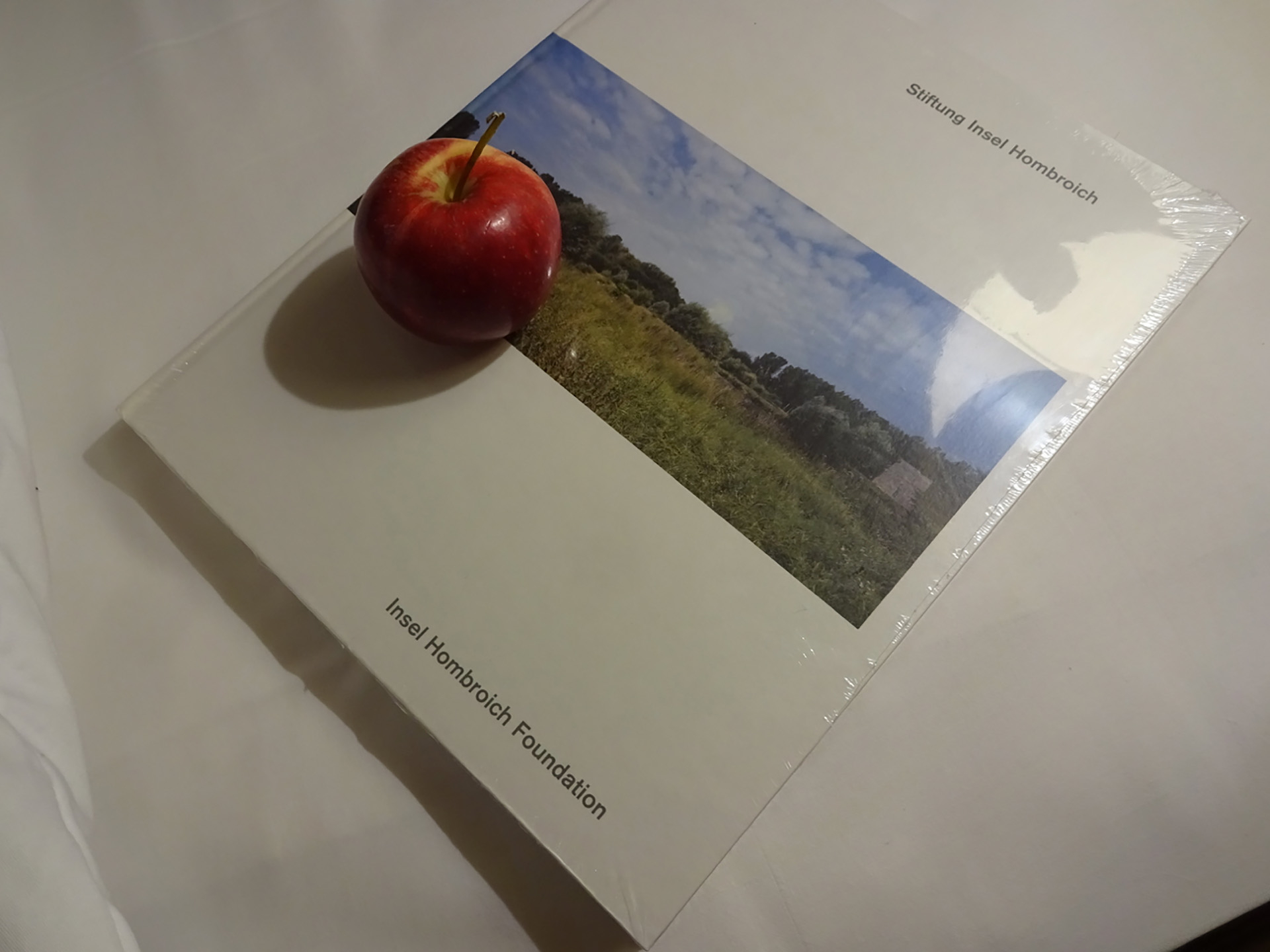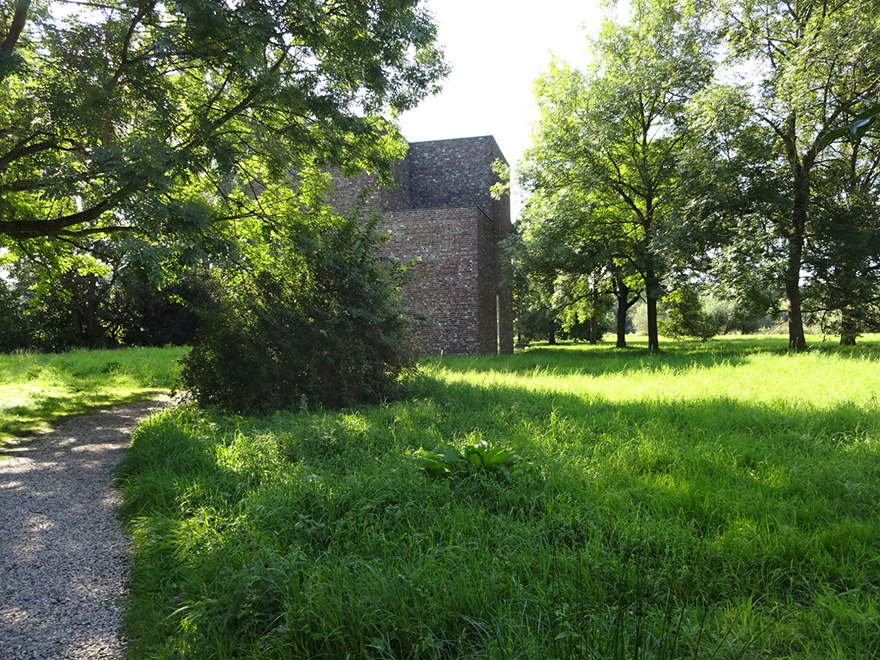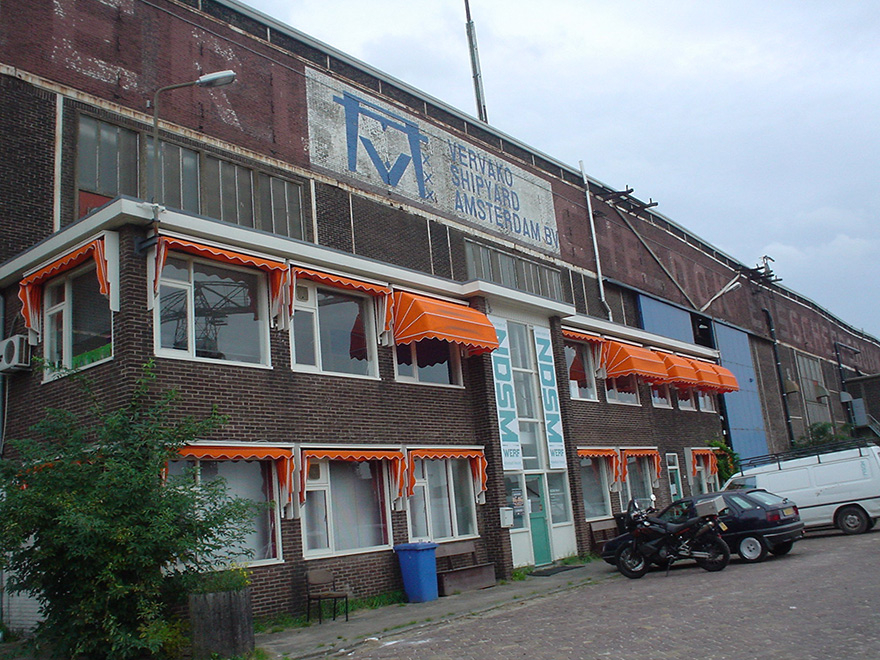Artist-in-Residence (1):
A place that guarantees freedom, safety and diversity, and inspires artists
By Hinuma Teiko

More than twenty years have passed since I encountered the artist-in-residence (AiR) system and related activities and became involved in them professionally. I am not sure whether that counts as a short time or a long time, but it seemed as if I had reached the age and position where I could look back (briefly) on my own work and share my experience with others. I have been involved as a curator in Aomori Public University’s Aomori Contemporary Art Centre (ACAC, opened in 2001) since it started, helping artists from Japan and overseas with their projects, and running citizens exchange programs. Even after moving on to my current positions, I have continued to be involved in various activities centered on AiRs, including running a number of government and private sector AiR programs, networking with AiR contacts in Japan, and implementing an experimental AiR scheme this year at the university where I now work. Over several installments, I will relate some of the events and episodes concerning AiRs that I have personally experienced. This may seem like a grain of sand compared to the countless AiR programs that exist around the world and the many people who have been involved in them, but I hope my account will provide a reference for young people who are interested even slightly in AiR and considering entering the field.

Museum Insel Hombroich (Neuss, Germany). One of the most important places that gave me great inspiration to think deeply about the relationship between nature, human beings and art.
In order to explain what AiRs are, the first thing I want to mention is that they guarantee freedom and safety and are always “an ally of the artist.” Of course, it goes without saying that to the extent that as a platform an AiR is a social setting, there are sometimes certain limitations and conditions attached. However, the main objective and ideal of the AiR system is to support to the fullest extent possible the expression and creative activities of artists. Artists are provided with the time and space—and sometimes the funds—to enable them to concentrate with a sense of security on creating and thinking, and to engage in trial and error in order to give expression to their ideas and skills. Next, it may seem obvious, but no two AiR programs are the same, which means the possibilities are endless. The unexpected/expected encounters with the cultural background of the country or region concerned, the space (including the surroundings and architecture), materials that can only be seen and obtained locally, the founding mission of the AiR program and the impact this has on relationships with the people who operate and support it, and various factors encompassing all of these things, all inspire the artists. The visible/invisible expression that arises from this supports not only the growth and creative lives of the artists, but also the cultural ecosystem. Even as I write this, artists are moving around in all manner of locations across the world in search of inspiration and experiences, which are the most important things for creativity, out of which a great many encounters and rich conversations and expression are emerging. I imagine each one becoming a seed that sprouts and produces blossom and fruit before eventually growing into a vast forest. The experiences artists undergo are borne away by the wind and cross oceans and in due course resolve into what we call culture. We receive abundant benefits from this, both tangible and intangible, across the ages and regions. AiR programs are an essential part of this cycle.

At NDSM WERF (Amsterdam, the Netherlands), which I visited during my AIR research in Europe, I was overwhelmed not only by the space but also by the ambition and scale of the artists and creators who have acquired a place for expression. It is often regarded as a model case for AIRs in Japan.
There are several ways to participate in and experience AiRs (this site in particular provides support for those interested), with the most common being to search and then apply for a program that corresponds to one’s own activities or offers a new experience. As well, though extremely rare, there are cases where opportunities to participate in an AiR program are presented as supplementary prizes with grants or awards, or where an artist is nominated or invited to participate through curation. For young artists, opportunities such as the latter are unlikely to occur, and they may also feel anxious about the process of applying themselves, and about language and lifestyle differences during a residency. However, opportunities will not come simply by waiting for them. The only thing to do is to knock on the door oneself and enter. So why not go out and look for your first AiR? (To be continued)
AIR (2): AIR —Encounters with place, unique dialog-driven expression, cross-cultural respect and understandingAIR (3): Perspectives on the transmission of culture, AIR, and sustainability
AIR (4): The eyes of a pilot drifting through the world
AIR (5): Natural disaster and AIR—Rikuzentakata (1)
AIR (6): Natural disaster and AIR—Rikuzentakata (2)
AIR (7): Networks that connect with the world, AIRs that connect to the future
Hinuma Teiko
Professor at Joshibi University of Art and Design, head of the AIR Network Japan Preparatory Committee, Art Director at Tokiwa Museum. Hinuma worked at the preparatory office to establish the Aomori Contemporary Art Centre from 1999 and served as a curator there until 2011, providing support for artists, primarily through residencies for artists, and planning and running various projects and exhibitions. She has filled various other positions including Project Director of the Saitama Triennale 2016 and Program Director of the Rikuzentakata AiR Program.